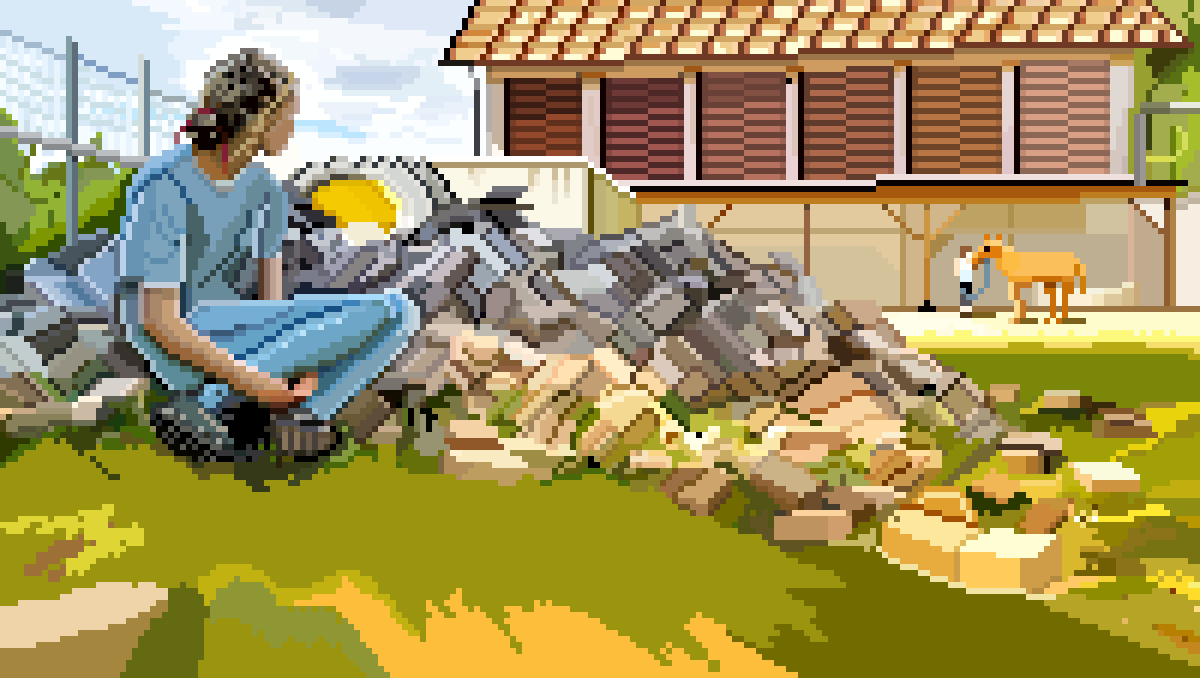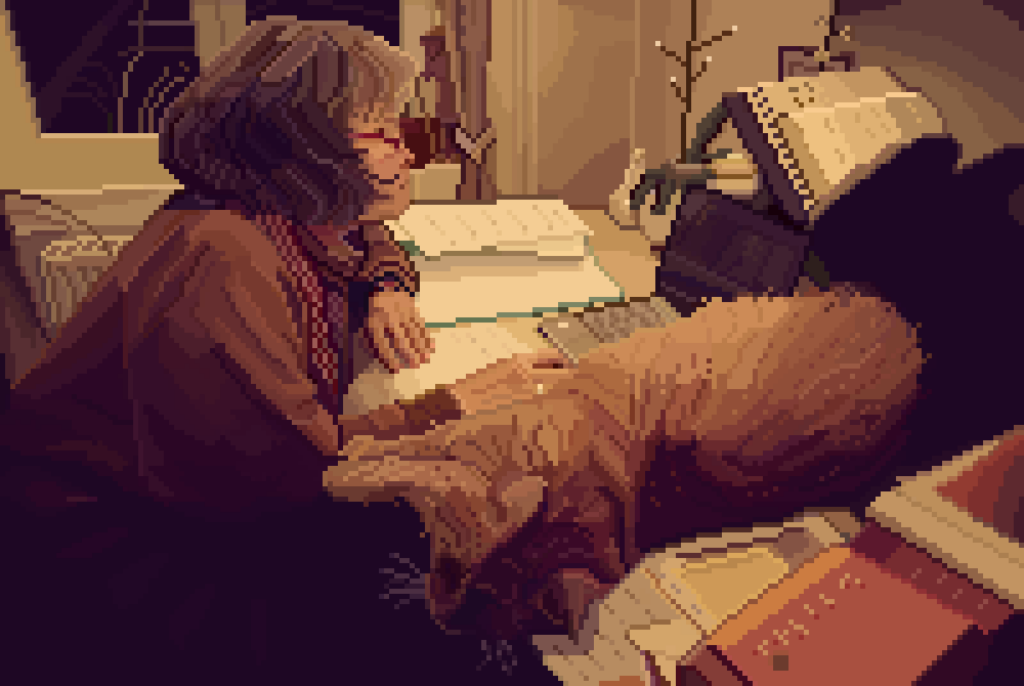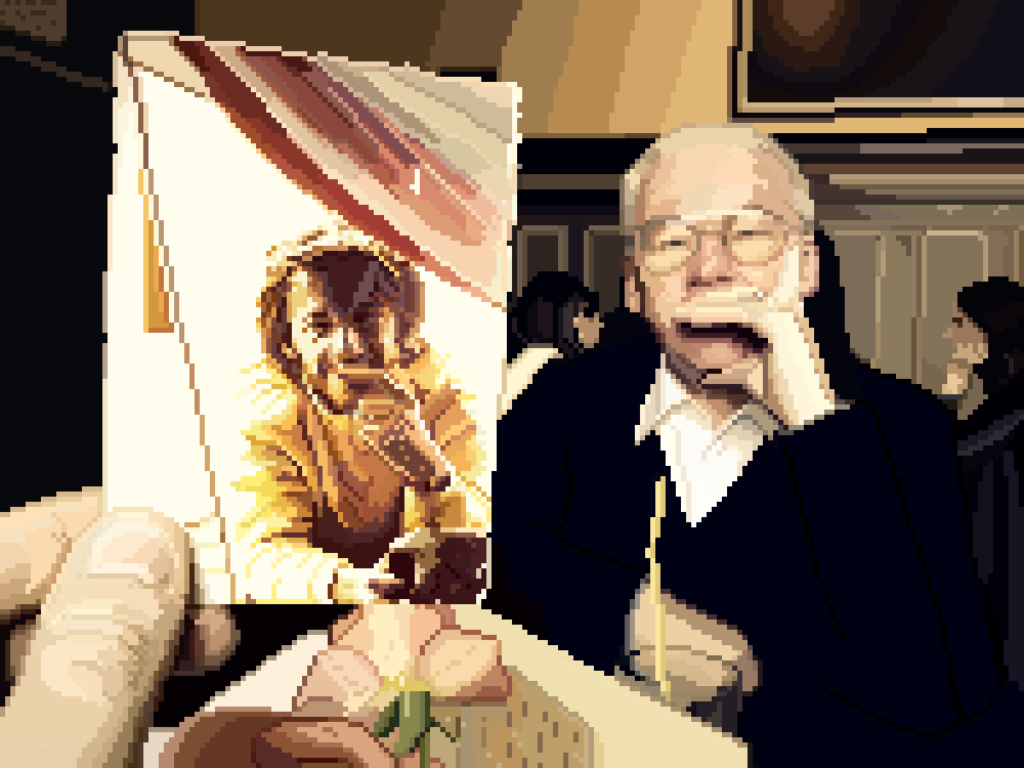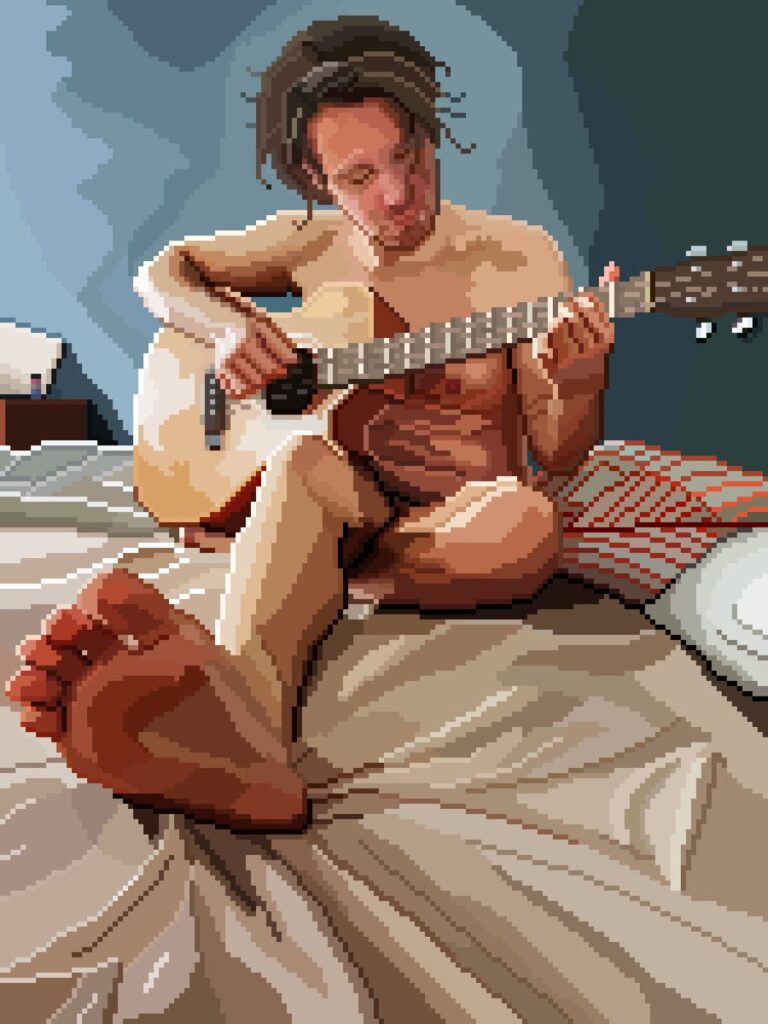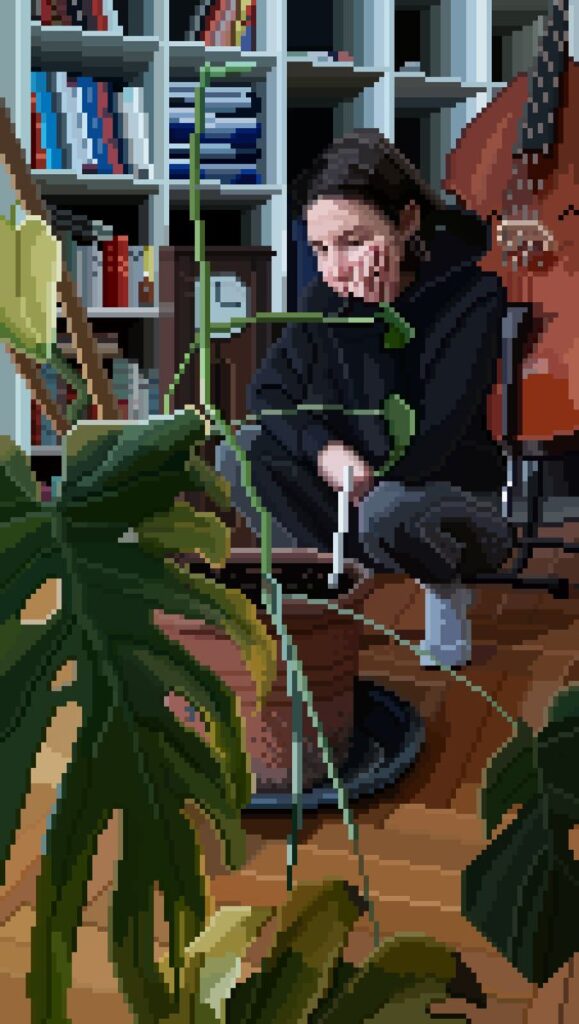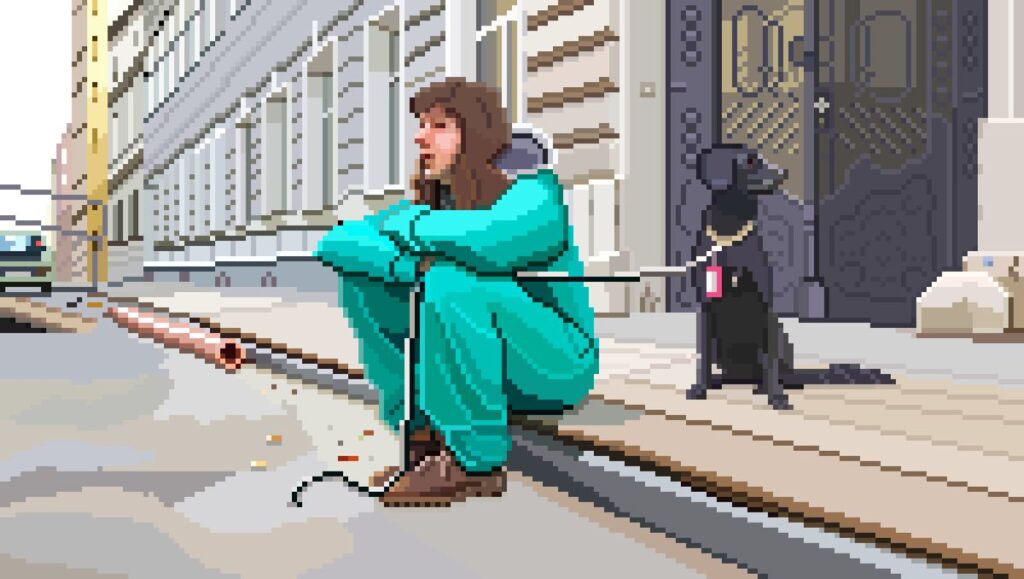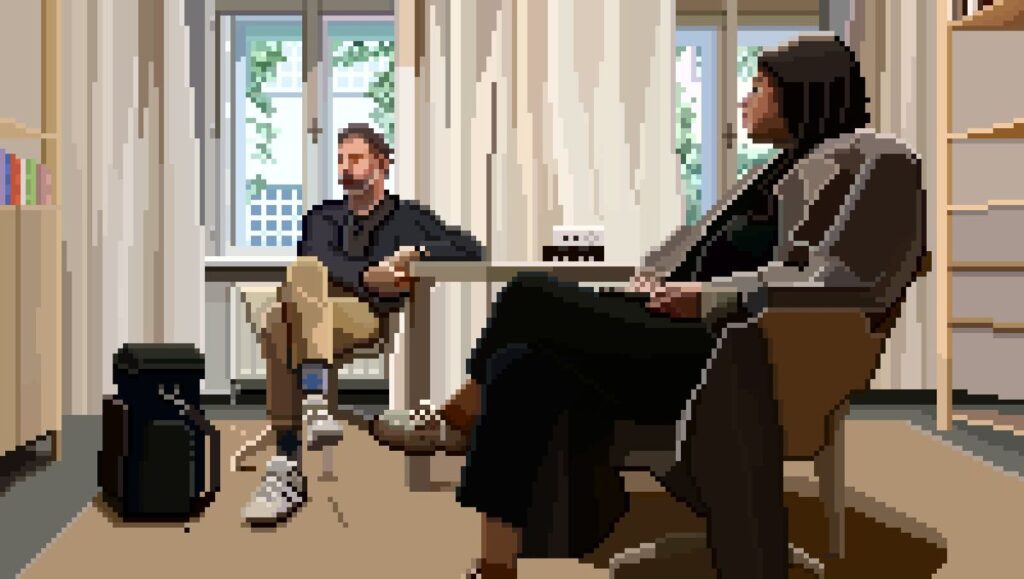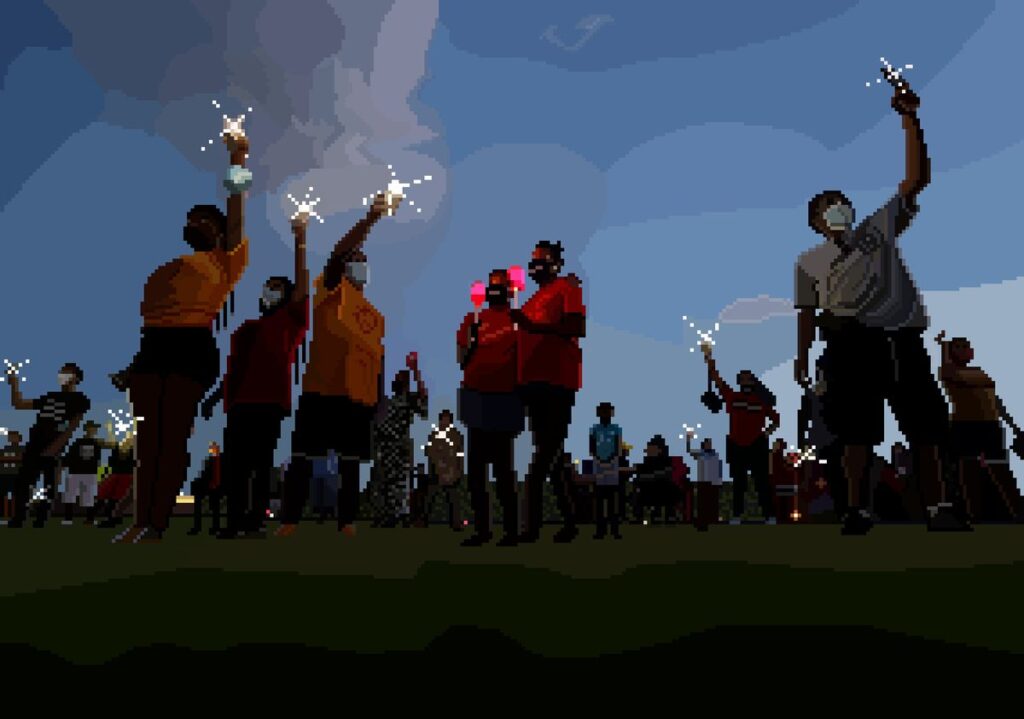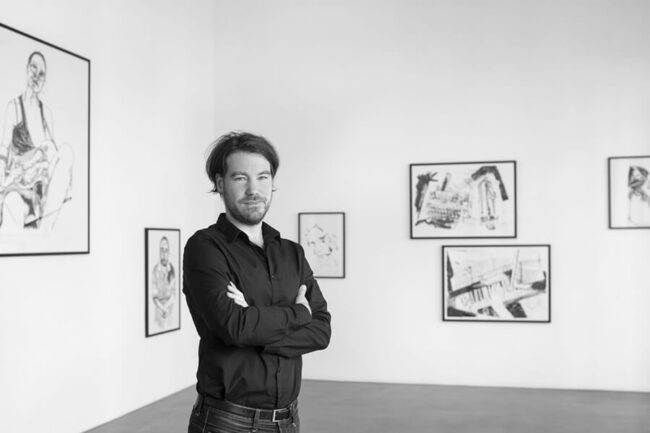Info
Selected works
Artists
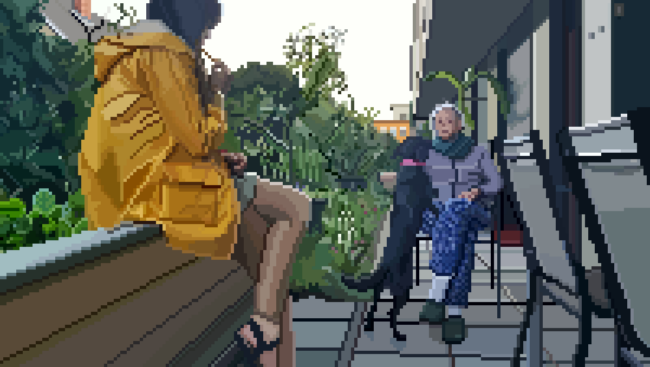
I can’t save you but I can love you
Christian Bazant-Hegemark
Original photo and pixelation
113 x 200 px (115 x 235 cm)
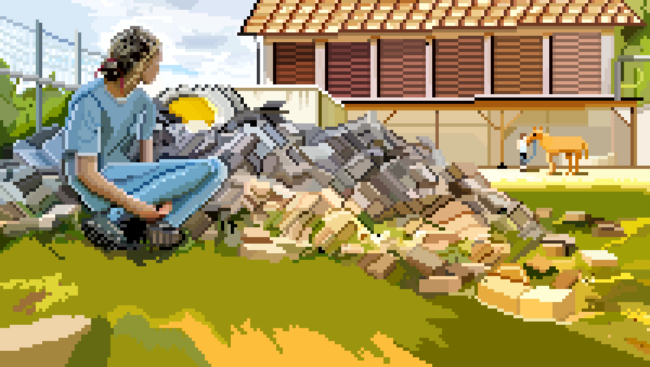
Heap and Stone
Christian Bazant-Hegemark
Original photo and pixelation
150 x 200 px

Trust
Christian Bazant-Hegemark
Original photo and pixelation
130 x 200 px

Calm
Christian Bazant-Hegemark
Original photo and pixelation
200 x 150 px
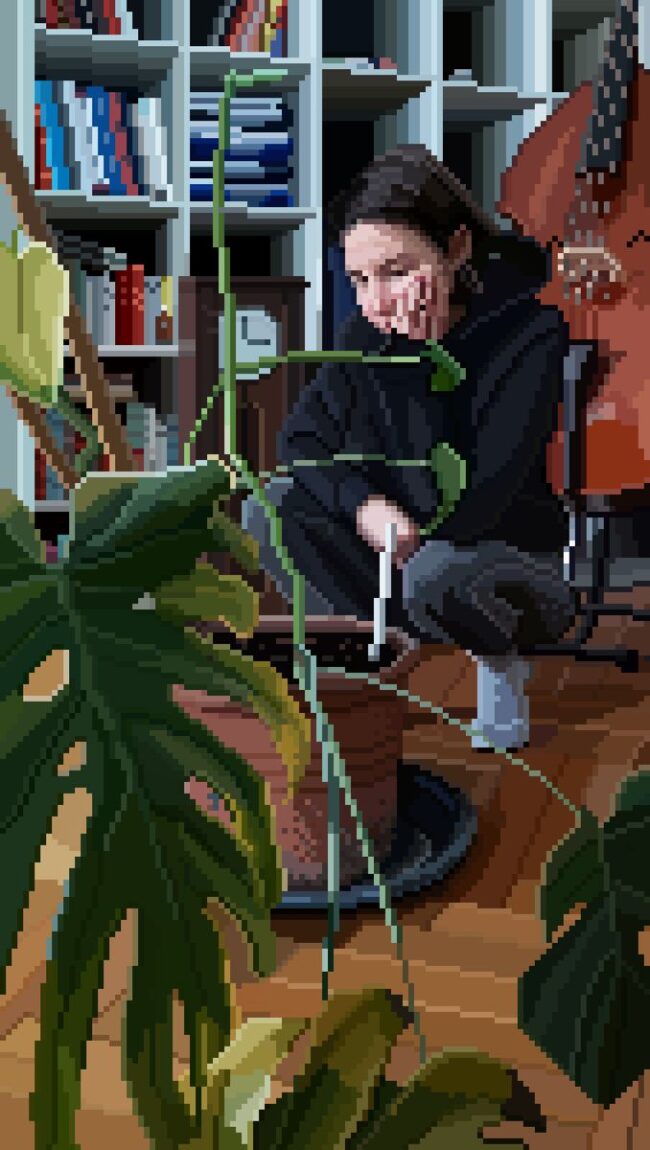
Bad Growth
Christian Bazant-Hegemark
Original photo and pixelation
200 x 113 px

I am not my feelings. I have feelings
Christian Bazant-Hegemark
Original photo and pixelation
113 x 200 px
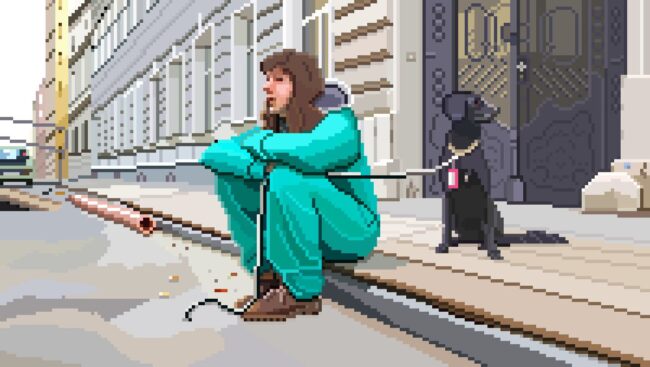
That Street
Christian Bazant-Hegemark
Original photo and pixelation
113 x 200 px
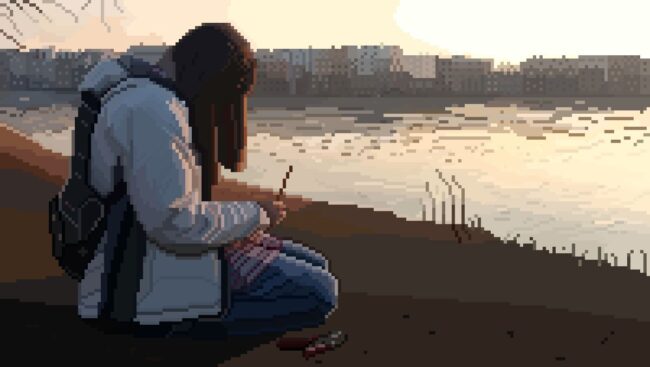
Ritual
Christian Bazant-Hegemark
Original photo and pixelation
113 x 200 px
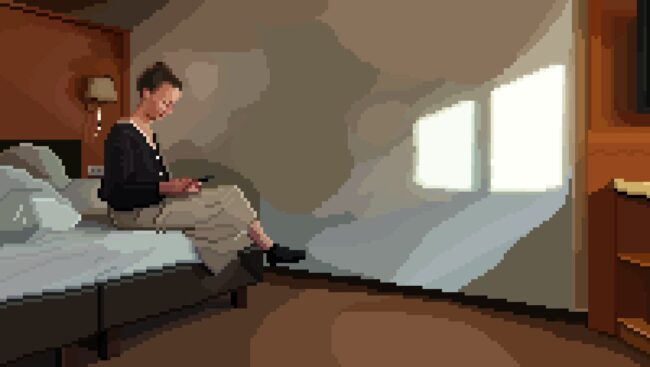
That Space Between
Christian Bazant-Hegemark
Original photo and pixelation
113 x 200 px
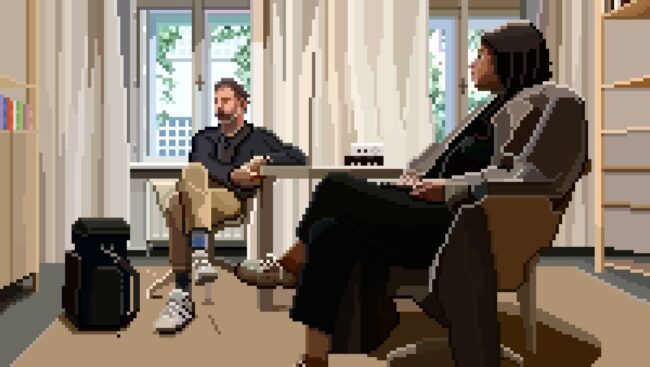
Empty Studio
Christian Bazant-Hegemark
Original photo and pixelation
113 x 200 px
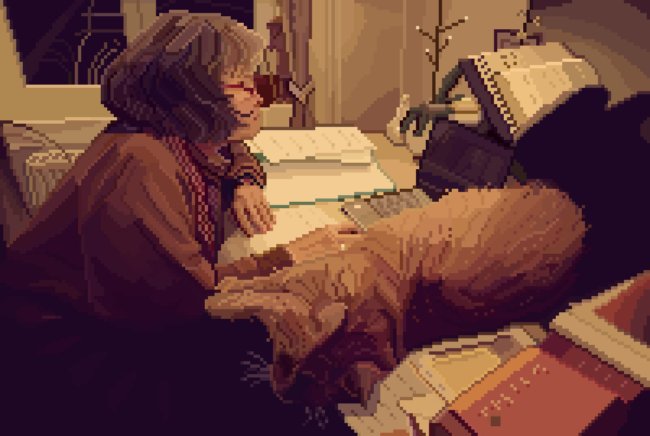
The Scholar
Christian Bazant-Hegemark
Original photo and pixelation
134 x 200 px
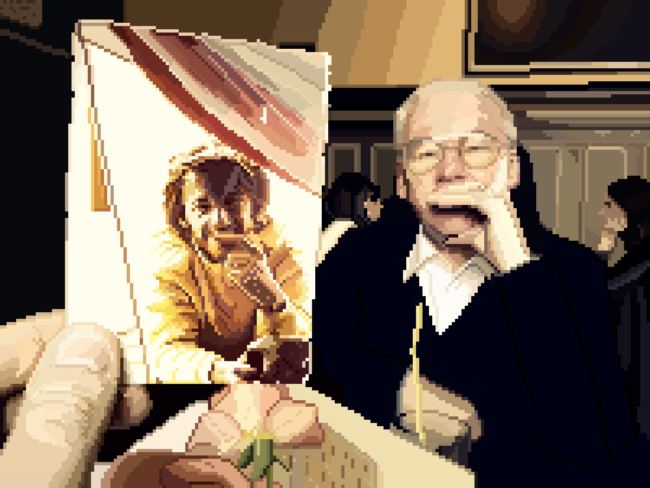
Nostalgia
Christian Bazant-Hegemark
Original photo and pixelation
150 x 200 px
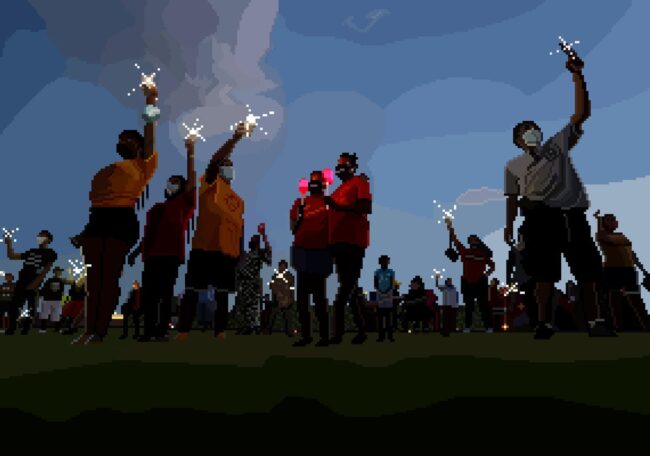
Candle Light Vigil for George Floyd, Houston
Christian Bazant-Hegemark
Original photo by Eric Gay, Pixelation by Christian Bazant-Hegemark
200 x 285 px
